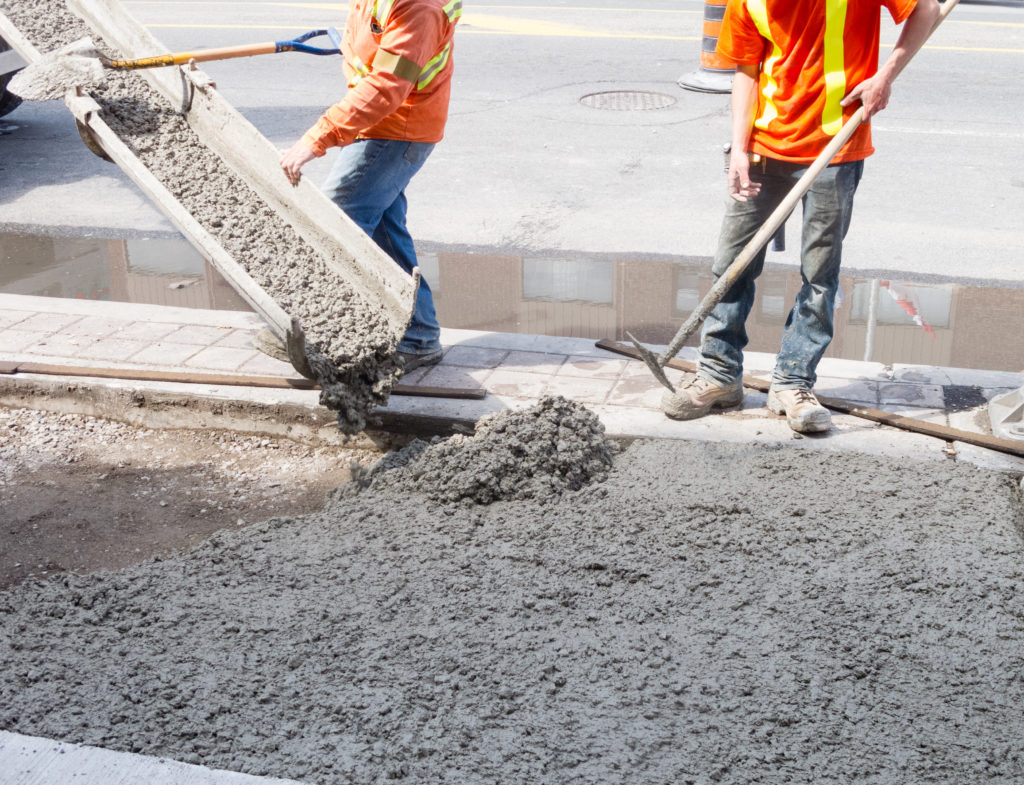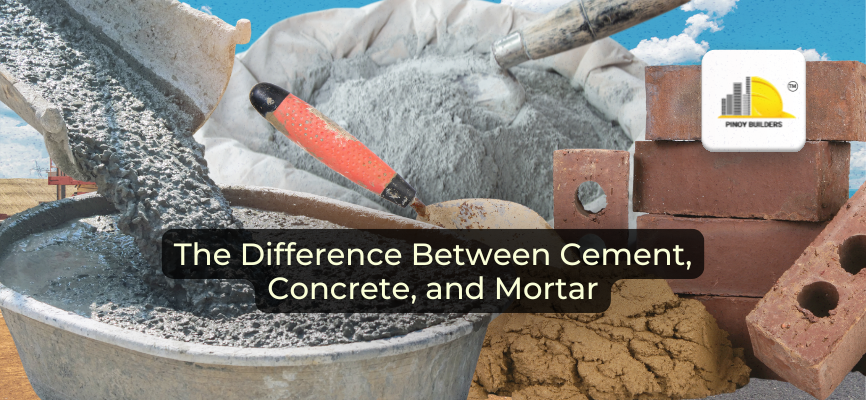Everyone knows what cement, concrete, and mortar looks like but putting aside their visual similarities, they differ in more ways than one. Here is a quick guide as to what these gray brothers in construction are and their role in the construction industry.
Cement – A Binding Element

Just remember: Cement at its core is just a powdery ingredient. If it’s mixed with water and sand, it is no longer cement. Photo courtesy of civil engineering diary.
A common misconception with cement is that it is synonymous to concrete. This is mostly due to their matching colors and association with the construction industry. Fact is, cement is an ingredient for creating concrete and mortar. Combining cement with water, aggregates, and additives turns it into concrete. If you add a bit more water to the mix, it would turn it into mortar.
Another popular misconception is the belief that the Portland in Ordinary Portland Cement (OPC) is a brand name. OPC is used to refer to the most common type of cement used for most projects worldwide. Its name is derived from its similarity to Portland stone, a kind of limestone found on the Isle of Portland in England.
Portland cement can also be used to create other kinds of cement. Examples of such are blended cement (combined OPC and mineral admixtures), pozzolana cement (mixed OPC and fine pozzolana), and white cement (costly OPC that is free from iron oxide).
There are five types of OPCs in the industry. Each of them vary on utility and ability to withstand extreme temperatures.
Type 1 – This refers to general use cement. It is popularly used for low stress projects.
Type 2 – Type 2 OPCs are for structures where heat build-up is a concern. Examples for this are infrastructure projects.
Type 3 – This type of OPCs is used for projects that require fast setting and curing periods.
Type 4 – Used for structures where heat generation must be kept to a minimum, type 4 can be utilized for structures such as dams and specialized infrastructure.
Type 5 – Sulfate-resisting Portland cement, this is perfect for water or soil, which are high in alkali.
Concrete – A Building Material

Concrete before setting. Photo courtesy of Powerblanket.
Concrete is made by mixing cement, water, and selected aggregates. It is one of the most frequently used construction materials. They are essential in most construction jobs. Aside from this, using the right kind of concrete is vital in ensuring structural quality and stability.
Modern and regular concrete are the base terms for generic concrete. This means the product is composed of normal cement, common aggregates, and mundane mixing techniques. Other kinds, such as high-performance concrete and high-strength concrete, are a step up from regular batches because of their strict focus on providing long-term structural integrity. They are more expensive and usually sought after by those working on complex projects.
Like cement, there are numerous concrete types being used across the industry. They often differ from each other by substitutes used in concrete production. For example, lime concrete is made by replacing the main ingredient(cement) with lime for its environmental and health-based benefits. Meanwhile, glass concrete uses recycled glass for its thermal-insulation advantages.
These kinds are usually the products of engineers. Most of which are looking for eco-friendly alternative ingredients for concrete production, either through material recycling or reducing the industry’s reliance on cement altogether.
Mortar – A Bonding Agent
:max_bytes(150000):strip_icc()/close-up-of-industrial-bricklayer-installing-bricks-on-construction-site-622800884-5aefafd3ff1b7800365fc4e0.jpg)
Mortar, the agent that binds bricks together.
Mortar is a bonding agent for construction materials. Its main utility is to bind small construction materials together, filling the gaps between two solid surfaces. Like clay, mortar hardens overtime, but unlike concrete, it has a higher water-to-cement ratio, meaning it is made specifically as an adhesive for construction materials. It is the glue that holds bricks together, not as strong as concrete, but its utility is important to construction jobs that require such bonding agents.
![]()








